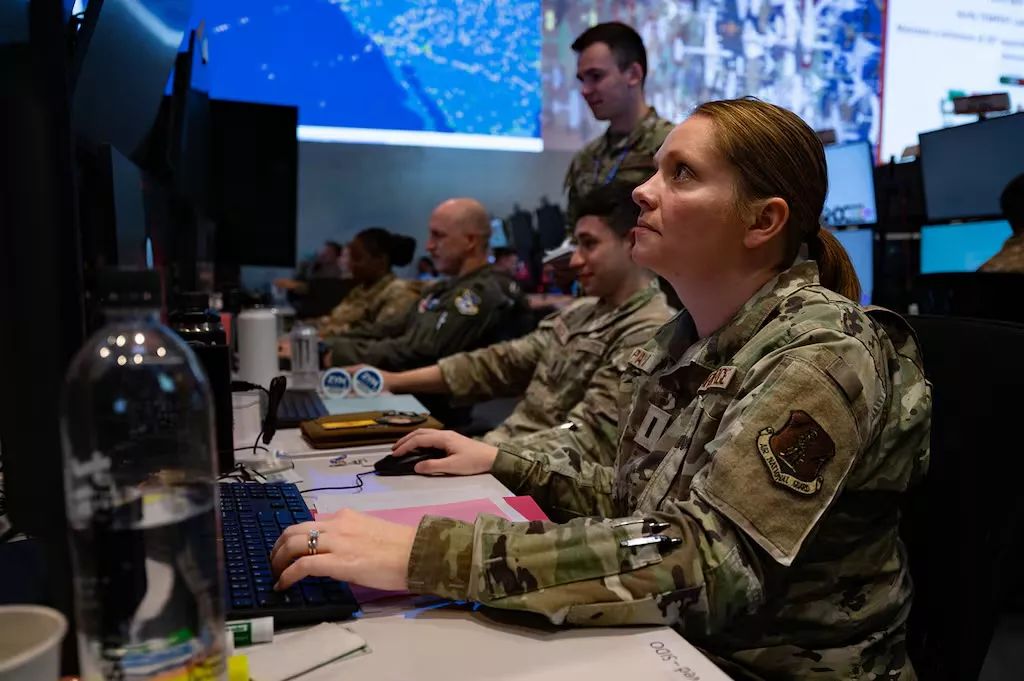美空軍導入 AI 搜索目標,加速「全域戰鏈」實驗 台灣面臨新威脅與雙向機會

(Airman 1st Class Jennifer Nesbitt/Air Force)
美國空軍公開表示,已於 5 月在佛州進行首次使用 AI 自主搜尋並指定目標的戰術實驗,藉由 MQ-9 無人機與 AI 任務指令模組的結合,AI 不但能自行判斷空域內威脅目標,甚至能進行「人機協作」,快速提供打擊選項。
此次代號為「Scarlet Dragon Oasis」的測試,由空軍研究實驗室與多家業者合作進行,展示 AI 能透過視覺資料、自主學習技術辨識、定位與決策,並同步與地面作戰部隊共享資料。研究人員指出,未來 AI 能降低戰場指揮官的決策負擔,讓軍方更快速應對高節奏戰場變化。
儘管實驗目前仍以人類「最終決策」為前提,但美軍明示這是未來「認知主導戰爭」的重要演練,具備巨大發展潛力。
🔍 三大觀察重點 | Three Key Takeaways
- AI 導入作戰指揮實測,美軍邁向認知戰爭時代
AI 具備識別、定位與提供打擊選項的能力,未來將成為作戰決策關鍵節點。 - 強調「人機協作」,減少指揮官負擔
AI 並非完全取代人類,而是透過協作減少認知壓力,提升整體作戰效率與反應時間。 - 對台灣意涵重大,AI 能強化非對稱戰力
台灣可借鏡美方模式發展低成本 AI 戰術決策系統,強化無人機與地面部隊即時連動,在資源受限下提升應變與精準打擊能力。
In May 2025, the US Air Force conducted its first field test using artificial intelligence to autonomously identify potential combat targets. The test involved MQ-9 Reaper drones and an AI mission module that could detect, analyze, and propose strike options in real time.
Known as “Scarlet Dragon Oasis,” the test was a collaboration between the Air Force Research Laboratory and multiple defense firms. The AI was able to use visual data and machine learning to autonomously identify and geo-locate targets, sharing real-time information with ground forces.
While human operators retain final decision-making authority, officials noted that this marks a shift toward “cognitive warfare,” where AI will play a central role in accelerating battlefield decisions.
🔍 Three Key Takeaways
- AI enables cognitive warfare decision-making
AI’s autonomous targeting capabilities mark a major step toward cognitive-driven conflict. - Human-AI teaming enhances command efficiency
The system supplements commanders by reducing decision-making burdens in fast-paced environments. - Strategic implications for Taiwan
Taiwan can look to adopt AI-driven tactical systems to enhance asymmetric capabilities under limited resources.

回應文章建議規則: